PUNJAB is the name of the Land of five rivers. Punjab, imbued with a richness of culture and agriculture, beckons you to explore its vibrant spirit and embrace the warmth of its people.
| Aspect | Details |
|---|---|
| Location | Northwestern India, bordering Pakistan to the west |
| Establishment Year | 1947, as a province of independent India |
| Area | 50,362 sq km |
| Length (North-South) | 582 km |
| Width (East-West) | 277 km |
| Official Language | Punjabi |
| Major Crops | Wheat, Rice, Cotton, Sugarcane, Maize |
| Major Cultural Events | Lohri, Baisakhi, Teej, Hola Mohalla |
| Population | 31.23 million (2023 estimate) |
| Famous Foods | Sarson ka Saag, Makki Roti, Butter Chicken, Chole Bhature, Lassi |
Land of Punjab (Geography)
| Aspect | Details |
|---|---|
| Location | latitudes 29.30° North to 32.32° North and longitudes 73.55° East to 76.50° East |
| Area | 50,362 sq km |
| Elevation | Average: 300 m (1,000 ft) |
| Highest Point | Naina Devi Range (1,000 m / 3,000 ft) |
| Lowest Point | Southwest region (105 m / 344 ft) |
| Major Rivers | Sutlej, Beas, Ravi, Ghaggar, Chenab |
| Topography | Three main regions: |
| Majha: Central plain with fertile alluvial soils | |
| Malwa: Plateau region with rolling hills and semi-arid climate | |
| Doaba: Alluvial plain between the Beas and Sutlej rivers | |
| Climate | Subtropical, with hot summers (up to 45°C) and mild winters (down to 4°C) |
| Rainfall | Varies from 250 mm in the southwest to 1000 mm in the northeast |
| Natural Resources | Rivers, fertile soils, groundwater |
| Wildlife | Deer, foxes, blackbuck, birds (migratory and resident) |
Relief of Punjab
Punjab’s relief features encompass a diverse topography that extends beyond its famed plains. While the majority of the state is characterized by fertile flatlands, there are notable variations:
1. Shivalik Hills:
In the northeastern part of Punjab, the Shivalik Hills make their presence felt. This hilly terrain, part of the outer range of the Himalayas, contributes to a more varied landscape. The district of Rupnagar (Ropar) is particularly influenced by the Shivalik foothills.
2. Plains
Punjab is characterized by vast, fertile plains, making it one of the most agriculturally productive regions in India. Here’s a list of the approximate area covered by plains in Punjab:
- Total Area of Punjab: 50,362 square kilometers
- Plains Area: Approximately 80% of the total area, covering around 40,290 square kilometers
These plains are primarily formed by the alluvial deposits brought in by the five major rivers—Sutlej, Beas, Ravi, Chenab, and Jhelum. The flat and fertile landscape of the plains is the backbone of Punjab’s robust agricultural activities, contributing significantly to the state’s economic prosp
Soils of Punjab
| Soil Type | Description | Area Coverage | Suitability |
|---|---|---|---|
| Alluvial Soils | Fertile, deposited by rivers, sandy loam to clayey loam | 25% | Wheat, rice, cotton, sugarcane, maize |
| Sierozem Soils | Grey, low organic matter, semi-arid regions | 10% | Wheat (with irrigation) |
| Calcareous Soils | High pH, calcium carbonate deposits, southwestern region | 15% | Wheat, pulses, oilseeds (with proper management) |
| Other Soils | Peat, silt, sandy, clay, regosols, calsols, aridisols | 50% | Varies depending on specific type and management |
3. Wetlands and Lakes:
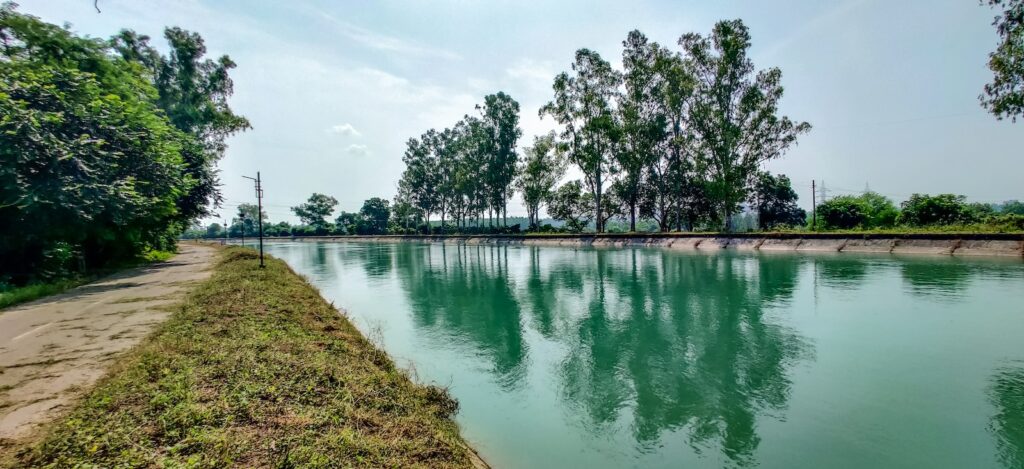
Punjab is dotted with wetlands and lakes, adding ecological diversity to its landscape. Harike Wetland, a man-made reservoir formed by the confluence of Beas and Sutlej rivers, is a significant example. These water bodies play a crucial role in supporting biodiversity and migratory bird populations.
Natural Wetlands:
- Harike Wetland:
- This Ramsar site and the largest wetland in northern India is a vast, shallow lake formed by the confluence of the Sutlej and Beas rivers. It’s a haven for over 300 bird species, including migratory birds like the Siberian crane and common pochard.
- Kanjli Wetland:
- Another Ramsar site, Kanjli is a man-made freshwater riverine system fed by the Kali Bein River. It’s a haven for resident and migratory birds, offering rich biodiversity and scenic beauty.
- Ropar Wetland:
- This Ramsar site lies along the Satluj River and encompasses sprawling grasslands, marshes, and freshwater lakes. It’s a vital breeding ground for various bird species and a popular spot for birdwatching.
- Beas Conservation Reserve:
- The first river in India to be included in the Ramsar list, the Beas Conservation Reserve stretches along the Beas River, offering stunning landscapes and rich biodiversity.
- Keshopur-Miani Community Reserve:
- This Ramsar site is a community-managed wetland complex comprising lakes, marshes, and seasonal streams. It’s a haven for migratory birds and provides vital ecosystem services to the surrounding communities.
Man-Made Wetlands
- Ranjit Sagar Wetland:
- This National Wetland is a reservoir created by the Bhakra Dam on the Sutlej River. It’s a popular tourist destination known for its scenic beauty and diverse birdlife.
- Nangal Wetland:
- Another National Wetland, Nangal is a reservoir formed by the Nangal Dam on the Satluj River. It’s a haven for migratory birds and a popular spot for boating and wildlife viewing.
- Gobind Sagar Wetland:
- This reservoir created by the Pong Dam on the Beas River is a Ramsar site known for its rich biodiversity and scenic beauty. It’s a popular spot for birdwatching and recreational activities.
- Sirhind Canal Wetland:
- This man-made canal system supports a diverse range of wetland plants and animals, providing valuable ecosystem services to the surrounding agricultural lands.
- Kapurthala Wetland:
- This man-made wetland complex comprises a network of lakes and canals created by the erstwhile rulers of Kapurthala. It’s a popular spot for birdwatching and picnicking.
4. Border Region:
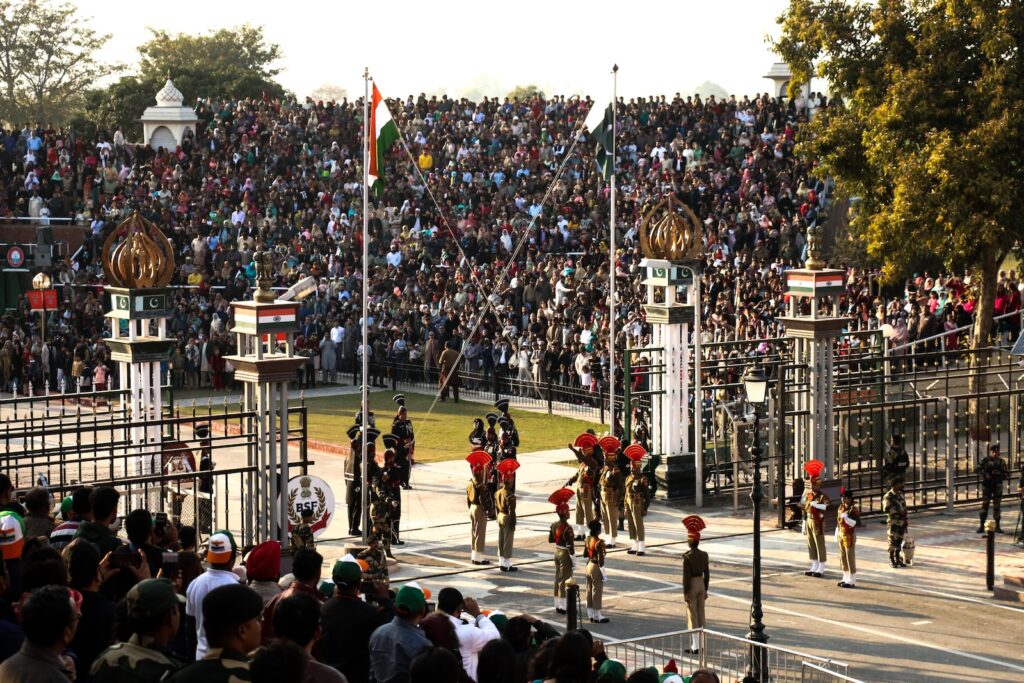
The western border of Punjab shares a boundary with the neighboring country of Pakistan. This border region, marked by the Radcliffe Line, holds historical significance and contributes to the state’s geopolitical context.
Punjab’s relief, therefore, is not confined to the vast plains that characterize it but includes hills, rivers, wetlands, and border regions, creating a multifaceted geographical canvas.
Drainage System of Punjab
Five Rivers of Punjab
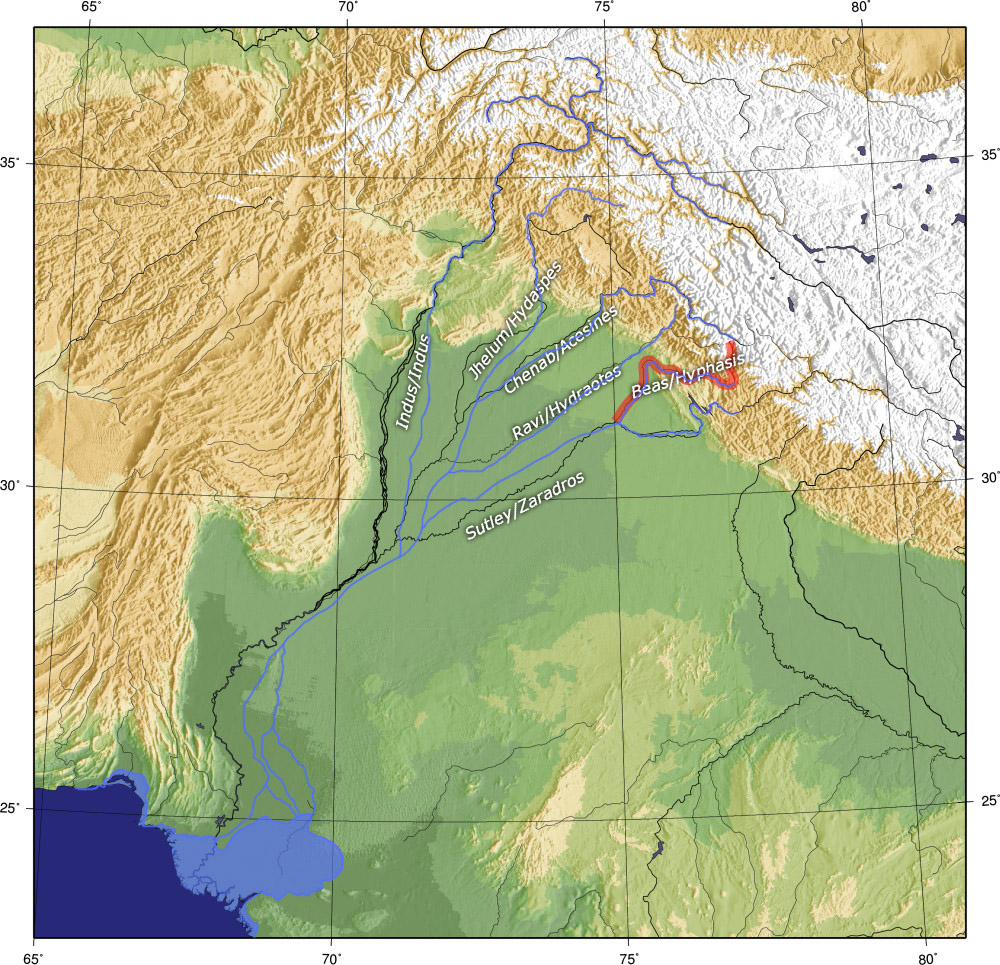
Punjab is endowed with five major rivers, collectively known as the “Five Rivers of Punjab.” These rivers play a vital role in shaping the state’s landscape and supporting its agricultural productivity. Here’s an overview of each river:
1. Sutlej:
Originating from Lake Rakshastal in Tibet, the Sutlej flows into Punjab near the town of Bhakra. It traverses the state from west to southeast, eventually joining the Chenab in Pakistan. The Bhakra Dam on the Sutlej is a key component of Punjab’s irrigation and power generation infrastructure.
2. Beas:
The Beas River originates in the Himalayas near the Rohtang Pass and flows southwest into Punjab. It serves as a major tributary to the Sutlej. The Beas River is essential for irrigation, and its waters are utilized through the Beas-Sutlej Link and Beas Project systems.
3. Ravi:
Originating in the Himalayas in Himachal Pradesh, the Ravi River flows westward into Punjab. It forms the natural boundary between India and Pakistan for a part of its course. The Ranjit Sagar Dam on the Ravi contributes to hydropower generation and irrigation in the region.
4. Chenab:
The Chenab River has its source in the upper Himalayas in Himachal Pradesh. It flows northwest into Punjab and then southwest into Pakistan. The Chenab is a significant river for the region, supporting agriculture and playing a role in the Indus River system.
5. Jhelum:
Originating from the springs at Verinag in Jammu and Kashmir, the Jhelum River flows through the northern part of Punjab. It eventually joins the Chenab in Pakistan. The Jhelum, like other rivers in the region, contributes to irrigation and supports the livelihoods of the people along its course.
These five rivers not only define the geographical character of Punjab but also form the backbone of its agricultural prosperity. The extensive canal system, including the Indira Gandhi Canal, efficiently utilizes the waters of these rivers for irrigation, making Punjab a vital agricultural region in India.
History
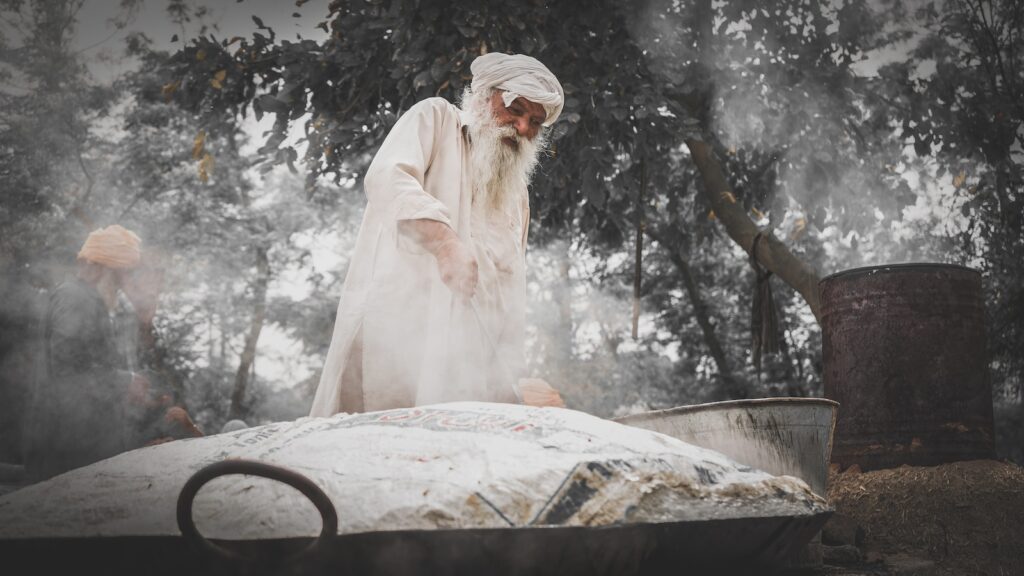
Punjab’s history is a tapestry woven with threads of ancient civilizations, invasions, and cultural evolution. Here’s a concise overview:
History: Ancient, Medieval and Modern Punjab
Ancient Civilizations:
The region of Punjab has a rich history dating back to the ancient Indus Valley Civilization, with archaeological sites like Harappa and Mohenjo-Daro providing glimpses of early urban life.
Maurya and Gupta Empires:
Punjab witnessed the rise and fall of empires, including the Maurya and Gupta dynasties. The region played a strategic role in ancient India’s trade and cultural exchange.
Medieval Period:
The medieval period saw the arrival of various dynasties, including the Ghaznavids and Ghurids, leading to the establishment of the Delhi Sultanate. Punjab became a battleground during the invasions of Mahmud of Ghazni.
Mughal Empire:
Under the Mughal rule, Punjab flourished culturally and economically. The Mughal Emperor Akbar extensively developed the region, fostering religious tolerance and cultural diversity.
Sikh Empire:
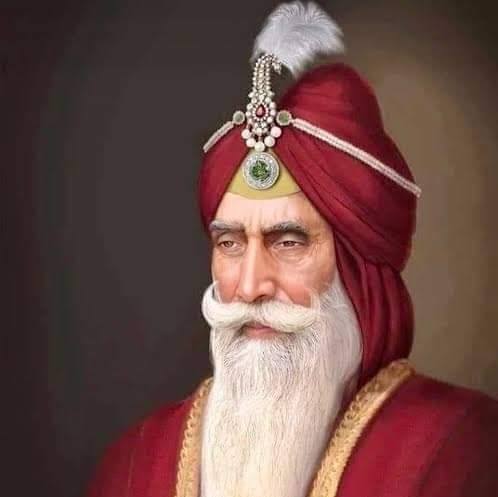
The 18th century saw the emergence of the Sikh Empire under leaders like Maharaja Ranjit Singh, who unified Punjab. The Golden Temple in Amritsar became a significant religious and cultural center during this period.
British Rule and Independence:
After the Anglo-Sikh Wars, Punjab came under British rule in the mid-19th century. The region played a pivotal role in the Indian independence movement, with significant events like the Jallianwala Bagh massacre in 1919.
Partition of Punjab, India:
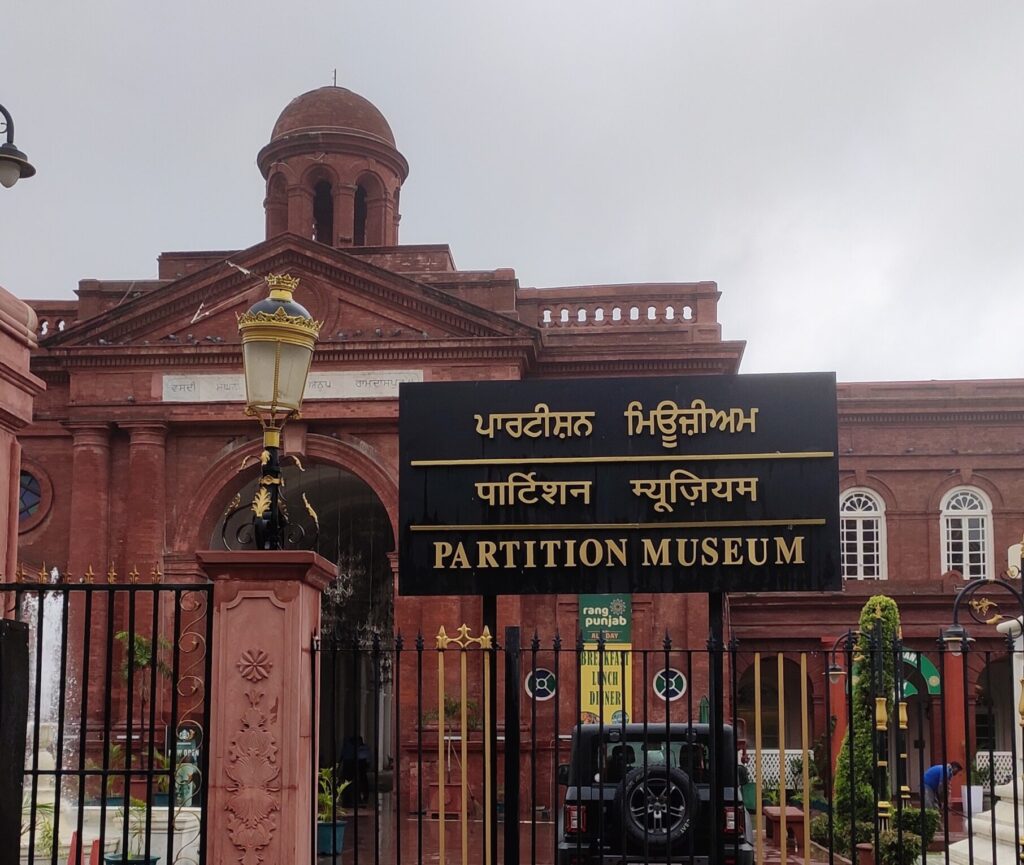
The partition of India in 1947 led to the creation of the modern states of India and Pakistan. Punjab was divided, resulting in the mass migration and displacement of populations.
Post-Independence Era:
Punjab has been a witness to post-independence economic growth and agricultural prosperity. However, the state also faced challenges, including the Green Revolution’s environmental impact and political unrest during the 1980s.
Today, Punjab stands as a dynamic state, balancing its historical legacy with modern development, cultural richness, and agricultural significance.
Economy of Punjab
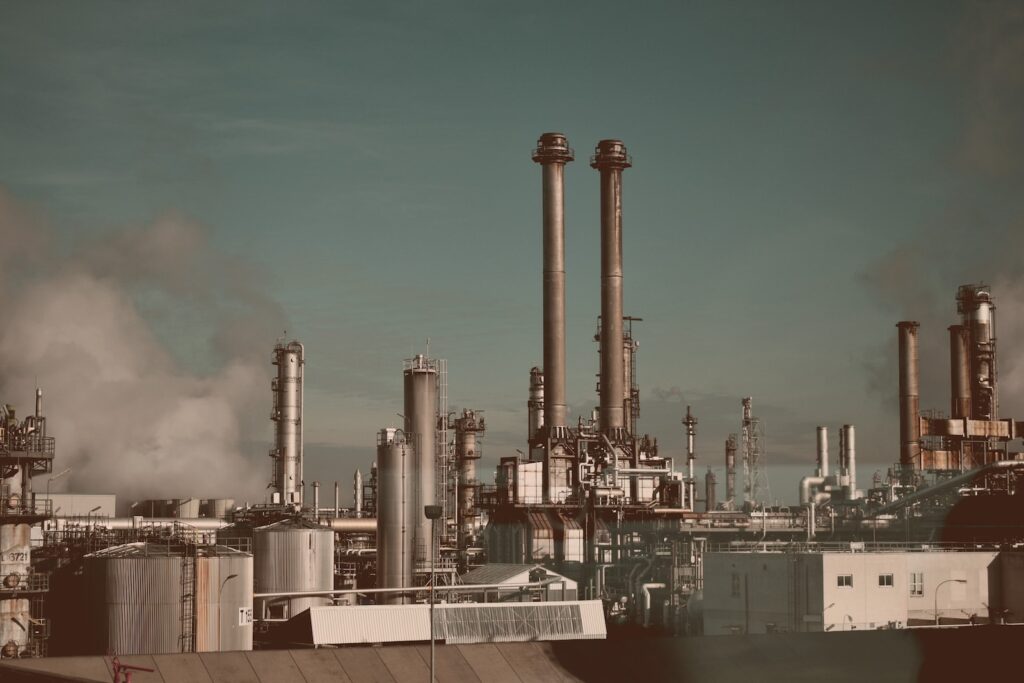
Major Sector of Punjab Economy
Punjab’s economy is diverse, with a strong emphasis on agriculture, industry, and services, Here’s an overview:
1. Agriculture
Punjab is often referred to as the “Granary of India” due to its highly productive agricultural sector. The fertile plains, supported by an extensive canal system, contribute significantly to the cultivation of crops like wheat, rice, sugarcane, and cotton. The state has been a pioneer in the Green Revolution, adopting modern agricultural practices.
2. Industry
Punjab has a well-established industrial base, with a focus on manufacturing and processing. Major industrial sectors include textiles, agro-processing, chemicals, machinery, and electronics. Cities like Ludhiana are industrial hubs known for manufacturing and trade activities.
3. Services Sector
The services sector in Punjab has seen growth, with a focus on information technology, healthcare, education, and tourism. Chandigarh, the shared capital of Punjab and Haryana, is a key center for administrative services and serves as a hub for education and healthcare.
4. Trade and Commerce
Punjab’s strategic location, with borders with Pakistan, has contributed to trade and commerce. Amritsar, with the Wagah Border, is a major trading point, facilitating both formal and informal trade between India and Pakistan.
5. Infrastructure Development
The state has invested in infrastructure development, including road networks, airports, and power generation. The Bhakra Nangal Dam, one of the world’s highest gravity dams, has been crucial for irrigation and power generation.
Challenges:
Despite its economic strengths, Punjab faces challenges such as groundwater depletion, environmental concerns related to intensive agriculture, and the need for economic diversification beyond traditional sectors.
In summary, Punjab’s economy reflects a balance between its agrarian roots and modern industrial and service-oriented developments. The state continues to evolve, seeking sustainable solutions for its economic challenges.
Social Lifestyle
The people of Punjab, known as Punjabis, are renowned for their vibrant culture, warmth, and resilience. Here’s a brief overview:
Culture of Punjab
1. Rich Cultural Heritage:
Punjabis take immense pride in their cultural heritage, which is deeply rooted in traditions, music, dance, and festivals. Bhangra and Gidda, traditional dance forms, exemplify the energetic and celebratory spirit of the Punjabi people.
Popular Cultural Dances of Punjab:
Bhangra:
Bhangra is one of the most well-known and lively traditional dances of Punjab. It is often performed during harvest festivals and weddings. The dance involves energetic movements, rhythmic clapping, and the use of traditional musical instruments like the dhol.
Giddha:
Giddha is a traditional Punjabi dance performed by women. It is characterized by graceful movements, hand-clapping, and vibrant expressions. Giddha is often performed during festivals and special occasions.
Jhumar:
Jhumar is a dance form that originated in the Sandalbar region of Punjab. It is performed by men and women and involves graceful movements and footwork. Jhumar is often accompanied by traditional Punjabi music.
Luddi:
Luddi is a traditional dance that is popular in the western regions of Punjab. It is characterized by fast footwork and intricate hand movements. Luddi is often performed at weddings and other celebrations.
Malwai Giddha:
This is a variation of the traditional Giddha dance, and it hails from the Malwa region of Punjab. It incorporates unique steps and formations, showcasing the cultural diversity within the state.
Sammi:
Sammi is a traditional dance form that originated in the Thal desert region of Punjab. It is often performed by women during festive occasions, and it involves intricate hand movements and footwork.
Dhamal:
Dhamal is a lively and energetic dance that is performed during religious and cultural celebrations. It involves fast footwork, vigorous spinning, and is often accompanied by drum beats.
Jindua Dance:
Jindua is a dance that originated in the Jind district of Punjab. It is performed by both men and women and involves circular formations and synchronized movements.
Kikli:
Kikli is a traditional Punjabi dance performed by young girls. It involves holding hands and spinning around in circular formations. It is often accompanied by playful songs.
Dankara Melody Dance:
This dance form is a blend of traditional steps and modern music. It showcases the evolving nature of Punjabi dance, incorporating contemporary elements while retaining its cultural essence.
2. Language: ਪੰਜਾਬੀ
Punjabi is the predominant language spoken by the people of Punjab. The script used is Gurmukhi. The language reflects the cultural nuances, humor, and richness of expression inherent in Punjabi culture.
3. Sikhism:
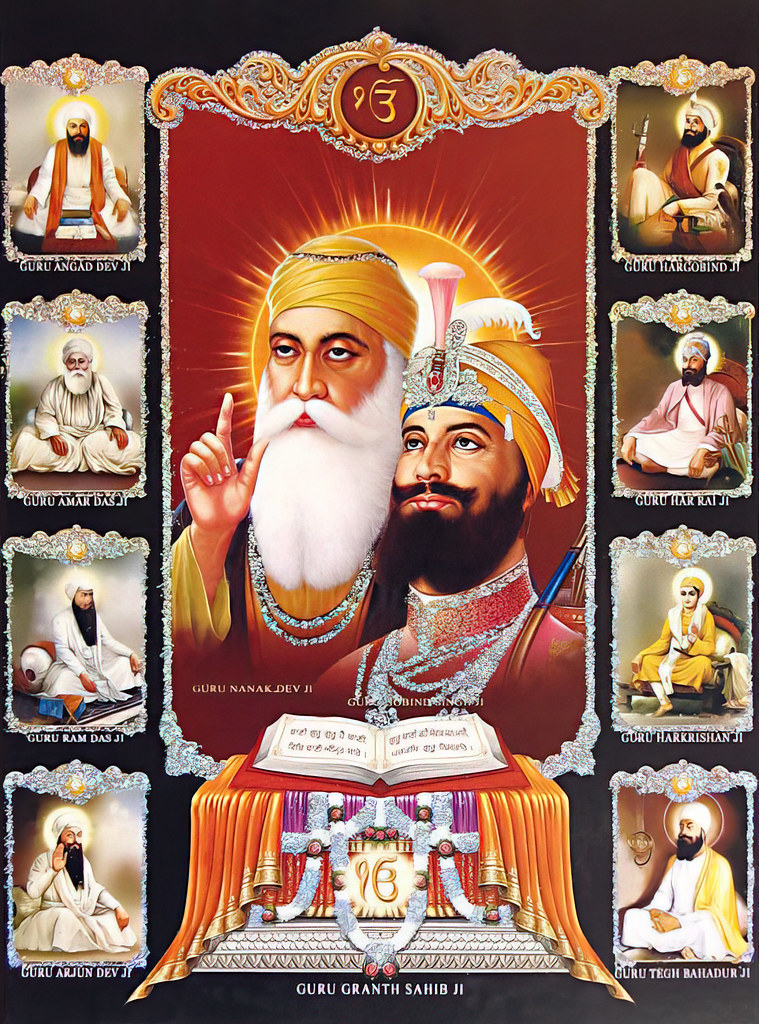
A significant portion of Punjab’s population follows Sikhism, with the state being a major center for the Sikh community. The Golden Temple in Amritsar, the holiest site in Sikhism, attracts pilgrims from around the world.
Ten Sikh Guru
- Guru Nanak Dev Ji
- Guru Angad Dev Ji
- Guru Amar Das Ji
- Guru Ram Das Ji
- Guru Arjan Dev Ji
- Guru Hargobind Ji
- Guru Har Rai Ji
- Guru Har Krishan Ji
- Guru Tegh Bahadur Ji
- Guru Gobind Singh Ji
4. Agriculture as a Way of Life:
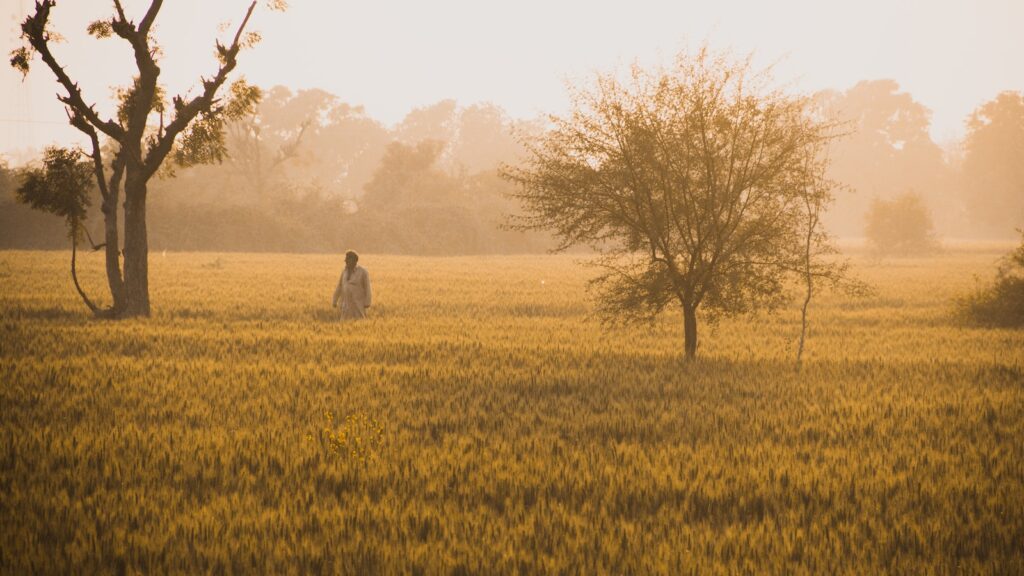
With the majority of the population engaged in agriculture, the agrarian way of life plays a crucial role in shaping the identity of Punjabis. Hard work, resilience, and a strong sense of community are hallmarks of rural life.
5. Cuisine:
Punjabi cuisine is renowned for its rich and flavorful dishes. Staples include roti, dal, and a variety of dishes prepared with generous use of spices and ghee. Favorites like butter chicken, sarson da saag, and makki di roti are beloved not only in Punjab but globally.
Political View of Punjab
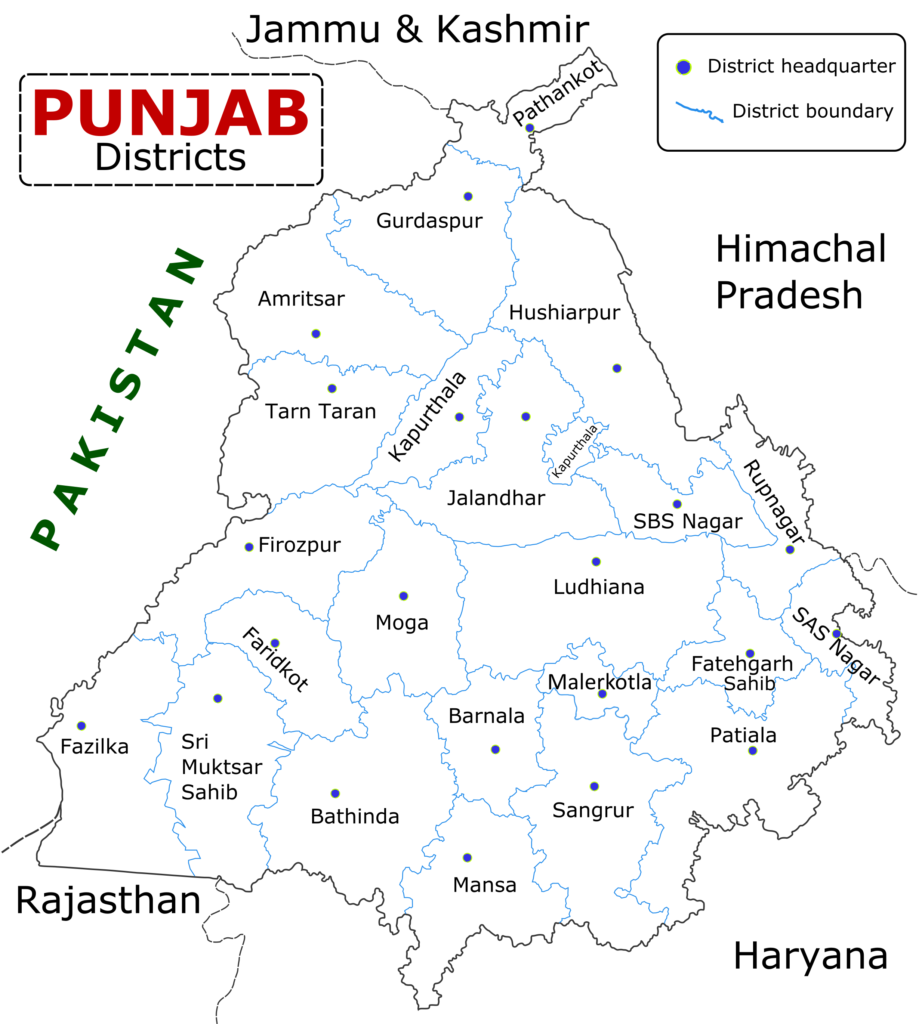
23 Districts of Punjab
- Amritsar
- Barnala
- Bathinda
- Faridkot
- Fatehgarh Sahib
- Ferozepur
- Gurdaspur
- Hoshiarpur
- Jalandhar
- Kapurthala
- Ludhiana
- Mansa
- Moga
- Muktsar
- Pathankot
- Patiala
- Rupnagar (Ropar)
- Sahibzada Ajit Singh Nagar (Mohali)
- Sangrur
- Shahid Bhagat Singh Nagar (Nawanshahr)
- Sri Muktsar Sahib
- Tarn Taran
- MalerKotla
10 Historical Personaties of Punjab
Lala Lajpat Rai:
A prominent freedom fighter, also known as “Punjab Kesari” (Lion of Punjab). He actively participated in various movements against British rule and was part of the Lal Bal Pal triumvirate.
Bhagat Singh:
An iconic revolutionary and martyr, Bhagat Singh was born in Punjab. He played a crucial role in the fight against British colonialism and sacrificed his life for the cause of independence.
Giani Zail Singh:
He was a freedom fighter who later became the seventh President of India. Giani Zail Singh actively participated in the Quit India Movement and other nationalist activities.
Lala Hans Raj:
A social reformer and freedom fighter, Hans Raj played a crucial role in the education and upliftment of society. He was associated with the Arya Samaj and worked for the promotion of education.
Shaheed Udham Singh:
Udham Singh, born in Sunam, Punjab, was an Indian revolutionary known for avenging the Jallianwala Bagh massacre by assassinating Michael O’Dwyer, the former Lieutenant Governor of Punjab.
Satyapal Dang:
A communist leader from Punjab, Satyapal Dang actively participated in the independence movement and later became a prominent political figure advocating for the rights of peasants and workers.
Raja Ram Mohan Roy:
A social reformer and political activist, Raja Ram Mohan Roy, was born in Punjab. He is considered the “Father of the Indian Renaissance” for his efforts in social and educational reforms.
Lachhman Singh Gill:
A freedom fighter and politician, Lachhman Singh Gill, played an active role in the Quit India Movement and later served as the Chief Minister of Punjab.
Kartar Singh Sarabha:
A revolutionary from Punjab, Kartar Singh Sarabha, was a key member of the Ghadar Party. He played a significant role in the Ghadar Conspiracy, an anti-British plot during World War I.
FAQs about Punjab
1. Saptha Sindhu (Accroding to Vedic Period)
2. Pentapotamia (Greeks Called to Punjab)
3. Panchnada (Mahabaratha Period)
1. Majha (North-Western Punjab)
2. Doaba (North-Eastern Punjab)
3. Malwa (Southern Part of Punjab)
4. Puadh Region
1. Faridkot
2. Ferozepur
3. Jalandhar
4. Patiala
5. Roopnagar
Sarson Da Saag
Makki di Roti
1. Lohri
2. Baisakhi
3. Hola Mohalla (Shri Anandpur Sahib, Punjab)
4. Gurupurab
5. Teeyan (Newly Married Girls Festival)
Kurta and Pajama (Men)
Salwar Suit, Ghagra (Women)
23
Chandigarh
Sardar Bhagwant Singh Mann (Aam Aadmi Party)
Lala Lajpat Rai
12581
The Golden Temple, also known as Harmandir Sahib, is the holiest site in Sikhism. It is known for its stunning golden architecture and serves as a central place of worship for Sikhs.
Wheat is the major crop grown in Punjab.
The Wagah Border is a border crossing between India and Pakistan, near Amritsar. It is famous for the daily Wagah border ceremony, a military parade and flag-lowering ceremony that symbolizes the closing of the border.
Baisakhi is a major Sikh festival celebrated in Punjab with great enthusiasm. It marks the harvest season and holds religious significance for Sikhs.
The Jallianwala Bagh massacre occurred on April 13, 1919, when British troops opened fire on a peaceful gathering in Amritsar, resulting in the death of hundreds of Indians.
Guru Nanak Dev Ji is the founder of Sikhism and is highly revered in Punjab. He was born in 1469 and laid the foundation for the Sikh faith.
It is associated with the establishment of the Khalsa by Guru Gobind Singh in 1699.
The partition of India in 1947 led to significant demographic changes and migrations in Punjab. It resulted in the division of the state between India and Pakistan, leading to the creation of two separate Punjabs.
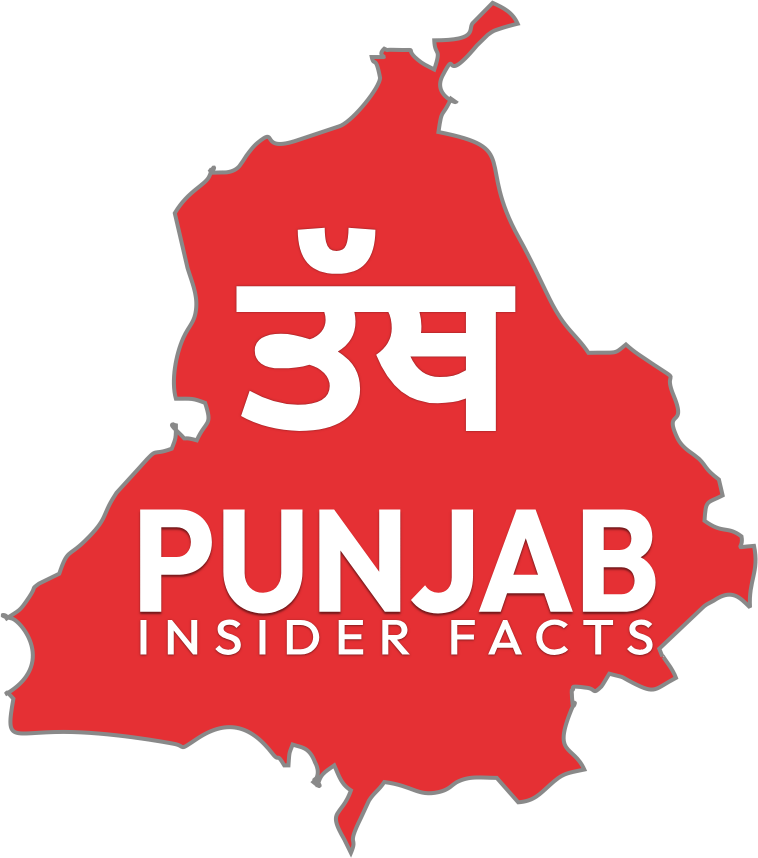
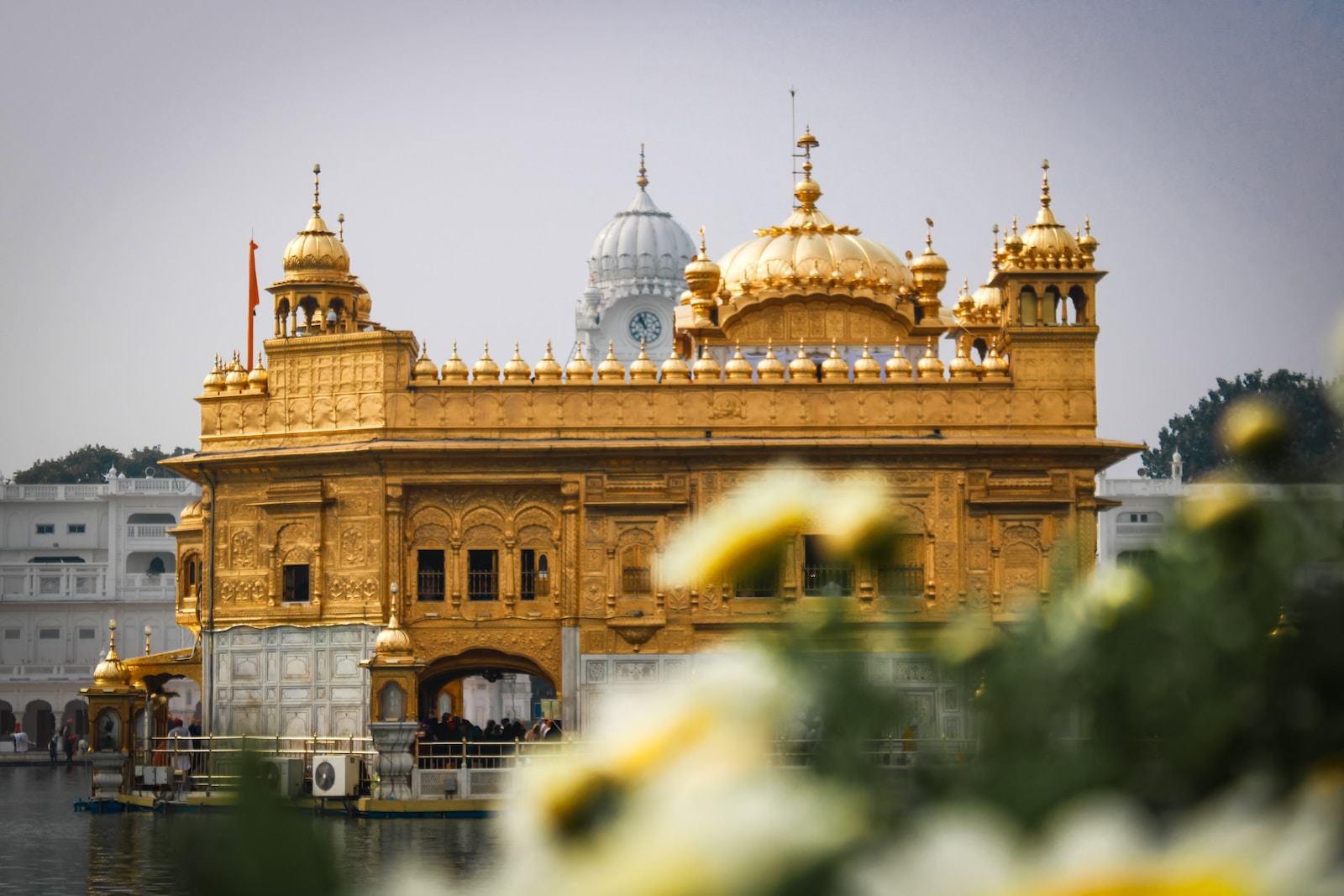


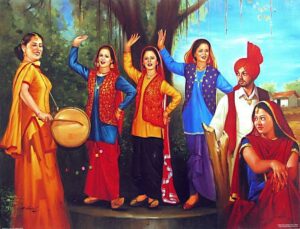


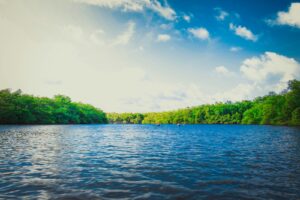
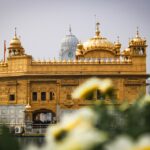
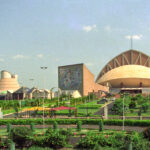


Great!